Low-dose naltrexone (LDN) has been found to improve symptoms in many diseases that affect the central nervous system, such as autoimmune disorders, fibromyalgia, chronic fatigue syndrome and Multiple Sclerosis.
Book Your Free Consultation
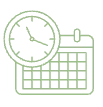 Step 1
Step 1
Time & Date
Select 3 times on dates that work for you
 Step 2
Step 2
Confirmation
The Doctor will confirm one of your selected times/date
 Step 3
Step 3
Consultation
Enjoy your free consultation
Low Dose Naltrexone (LDN)
Low Dose Naltrexone (LDN) is a treatment that encourages the body to produce its own feel-good transmitters like endorphins through a negative feedback mechanism.
How does low dose naltrexone work?
Although it is not clearly understood how low dose naltrexone works it is believed that it may boost the body’s own natural defenses. Much research has pointed our own opioid secretion as important factor in helping regulate our immune systems. Researchers at The Pennsylvania State University College of Medicine, Hershey, Pennsylvania believe that low dose naltrexone exerts a profound inhibitory effect on cell proliferation.
According to The New England Journal of Medicine, opioids alter the development, differentiation, and function of immune cells . Bone marrow progenitor cells, macrophages, natural killer cells, immature thymocytes and T cells, and B cells are all involved. Recently opioid receptors have been identified on on immune cells makes it even more likely that opioids have direct effects on the immune system.
The brief blockade of opioid receptors that is caused by taking low dose naltrexone at bedtime each night is believed to produce a prolonged up-regulation of increase in endorphins. These endorphins are normally deficient in patients with autoimmune diseases. This deficiency of endorphins can be restored . This restoration of the body’s normal production of endorphins is thought to be the major therapeutic action of low dose naltrexone.
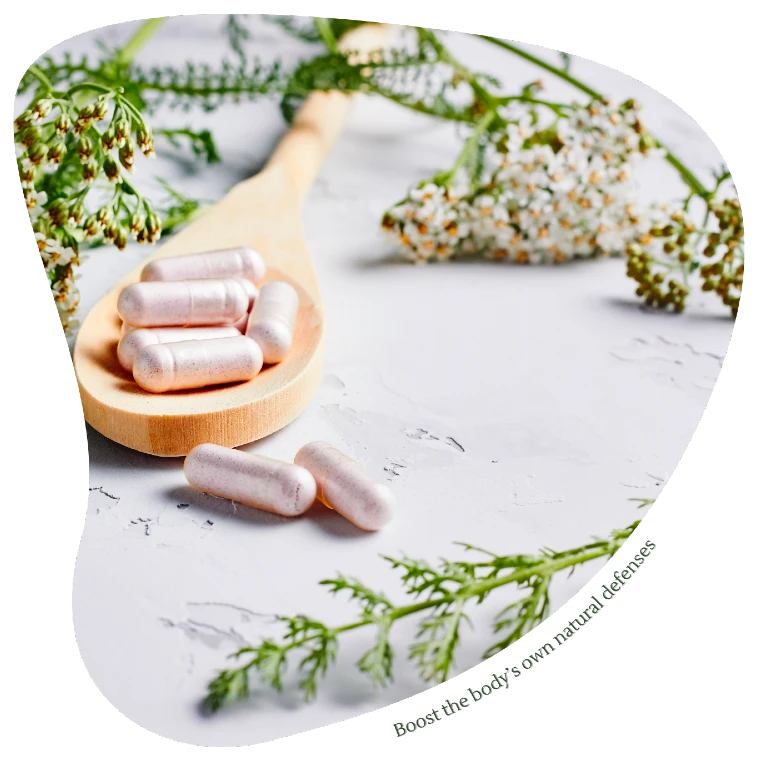
How does low dose naltrexone work?
Although it is not clearly understood how low dose naltrexone works it is believed that it may boost the body’s own natural defenses. Much research has pointed our own opioid secretion as important factor in helping regulate our immune systems. Researchers at The Pennsylvania State University College of Medicine, Hershey, Pennsylvania believe that low dose naltrexone exerts a profound inhibitory effect on cell proliferation.
According to The New England Journal of Medicine, opioids alter the development, differentiation, and function of immune cells . Bone marrow progenitor cells, macrophages, natural killer cells, immature thymocytes and T cells, and B cells are all involved. Recently opioid receptors have been identified on on immune cells makes it even more likely that opioids have direct effects on the immune system.
The brief blockade of opioid receptors that is caused by taking low dose naltrexone at bedtime each night is believed to produce a prolonged up-regulation of increase in endorphins. These endorphins are normally deficient in patients with autoimmune diseases. This deficiency of endorphins can be restored . This restoration of the body’s normal production of endorphins is thought to be the major therapeutic action of low dose naltrexone.

Conditions Where Low Dose Naltrexone (LDN) Could be of Benefit

Hormonal Health
Bioidentical hormone therapy is used to treat both men and women when their hormone levels drop or become unbalanced. We have a diverse range of treatment options for each patient depending on the symptoms.

Naturopathic Medicine
We combine nature’s healing gifts and the latest scientific advances to bring you the best possible health care. The goal of all naturopathic medicine is to promote health and prevent illness by addressing the underlying causes of disease.
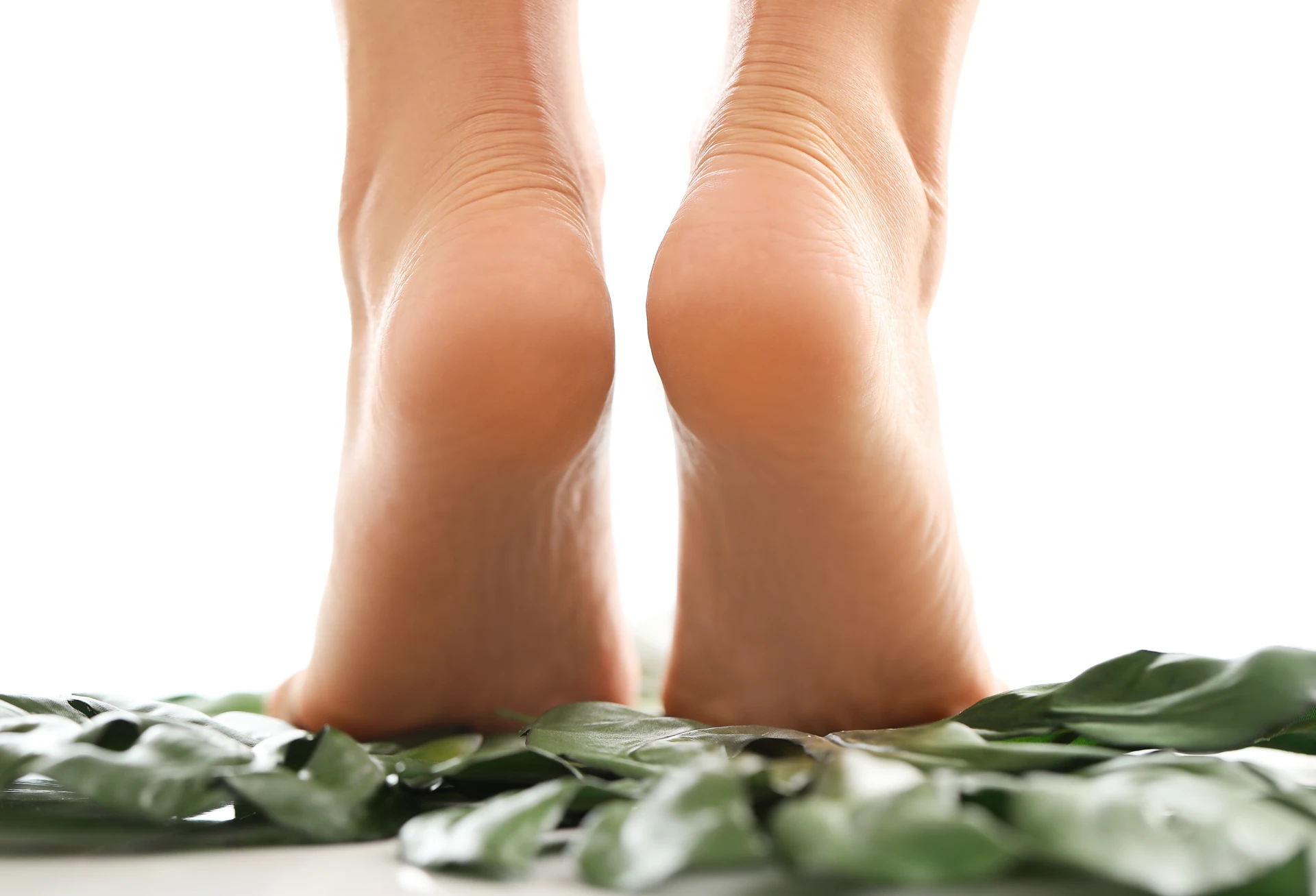
Toe Nail Treatment
Nail Fungus or Onychomycosis refers to a fungal infection of the nail, nail bed, or nail plate. The nail may appear thickened, yellow, or cloudy in appearance. It can affect both fingernails and toenails contributing to pain, discomfort and weakened nail strength.
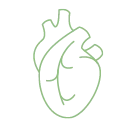
Cardiac (Heart) Diseases
- Autoimmune cardiomyopathy
- Autoimmune myocarditis
- Autoimmune thrombocytopenic purpura
- Congenital heart block
- Coxsackie myocarditis
- Dressler’s syndrome (postmyocardial infarction syndrome)
- Giant cell myocarditis
- Kawasaki disease
- Polyarteritis nodosa
- Postpericardiotomy syndrome
- Subacute bacterial endocarditis (SBE)
- Vasculitis
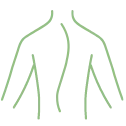
Chronic Pain
- Complex Regional Pain Syndrome/RSD
- Diabetic Neuropathy
- Migraines
- Peripheral neuropathy
- Temporomandibular joint disorder

Dermatologic (Skin) Diseases
- Alopecia
- Autoimmune
- Dermatomyositis
- Eczema
- Progesterone dermatitis
- Psoriasis
- Topical Steroid Withdrawal (TSW)
- Vitiligo
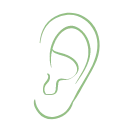
Ear, Nose & Throat
- Autoimmune inner ear disease (AIED)
- Churg-Strauss syndrome
- Cogan syndrome
- Ménière’s disease
- Susac’s syndrome
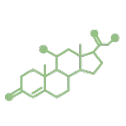
Endocrine Disorders
- Hypo/hyperthyroid
- Diabetes
- Cushing’s syndrome
- Graves’ disease
- Hashimoto’s thyroiditis
- Pituitary dysfunction
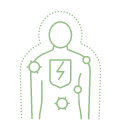
Autoimmune Diseases
-
Amyloidosis
-
Epstein Barr Virus
-
Mast cell activation syndrome (MCAS)
-
Mold toxicity
-
Vitiligo
-
Rheumatoid Arthritis
-
MS
-
Celiac
-
Crohn’s
-
Hashimoto’s Thyroiditis
-
Inflammatory Bowel Disease (IBD)
-
Lupus
-
Psoriasis
-
Ulcerative Colitis

Neurological
- Brain fog
- Leaky brain
- Migraines
- Narcolepsy
- Restless legs syndrome (RLS)
- Traumatic brain injury (TBI)
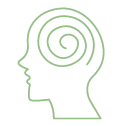
Psychological Disorders
- Alcohol use disorder
- Anxiety
- Depression
- Obsessive Compulsive Disorder (OCD)
- Opioid withdrawal
- Panic Disorder
- Post-Traumatic Stress Disorder (PTSD)
- Postpartum Depression
- Premenstrual Dysphoric Disorder (PMDD)
- Stress
- Substance abuse disorders

Sleep Disorders
- Sleep Issues
- Insomnia
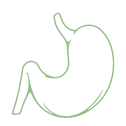
Gastrointestinal/Digestive Disorders
- Autoimmune pancreatitis
- Celiac disease
- Crohn’s disease
- Eosinophilic gastroenteritis
- Gastritis
- Gluten sensitivity
- Gut dysbiosis
- Inflammatory bowel disease (IBD)
- Irritable bowel syndrome (IBS)
- Small intestinal bacterial overgrowth (SIBO)
- Ulcerative colitis (UC)
We are happy to assist you with any questions you may have regarding using LDN to address your health needs. Schedule a consultation with us today
Autoimmunity, Inflammation & Lyme Disease
Research shows that people with autoimmune conditions tend to have lower than normal levels of endorphins, which are the body’s natural painkillers. They function similarly to opioid drugs like morphine, but the body naturally produces them. Low endorphins leave you more sensitive to physical and emotional pain (stress).
When you take low dose naltrexone, it temporarily blocks the endorphins that would usually bind to certain receptors. When the body’s supply of opioids is interrupted, it responds by overproducing endorphins—which provide pain relief and reduce inflammation.
In people with autoimmune conditions, the immune system attacks and damages tissues in the body as if they were foreign invaders. LDN may help to decrease this response by deactivating overzealous immune cells.


Autoimmune Disorders
In autoimmune disorders, your immune system creates antibodies against healthy cells and tissues instead of creating them to fight invading microorganisms or faulty body parts.
While most immune system disorders are caused by an imbalance, some are triggered when the body attacks normal substances.
If your immune system is overactive, therefore attacking normal cells as if they were foreign invaders, you might experience chronic pain and other unpleasant symptoms.
Causes of immune dysfunction
- Malnutrition
- Toxins
- Chronic Stress
- Genetic Variations
- Medications
- Infections
We use a variety of therapies to restore balance and tolerance to your body so that you can once again function normally.
Fibromyalgia
Symptoms of fibromyalgia vary from person to person. The main symptom is pain all over your body. Fibromyalgia is a chronic condition that causes widespread pain, fatigue, sleep disturbance, cognitive impairment and depression. It also often triggers gastrointestinal problems such as irritable bowel syndrome (IBS). It’s not clear what causes fibromyalgia. It can start after a stressful event like an injury, illness or the death of a loved one.
Small studies have shown that individuals taking LDN to treat fibromyalgia showed as much as a 30% decline in symptoms as compared to a placebo.


Chronic Fatigue Syndrome
Chronic fatigue syndrome, also known as myalgic encephalomyelitis (ME), is a debilitating condition that causes profound exhaustion and prevents normal functioning. The symptoms can range from mild to severe and are often unpredictable in terms of their severity or duration. Currently, there is no known reason why chronic fatigue syndrome develops, though it has been theorized that psychological stress or viral infections could trigger its symptoms.
There is growing evidence that some individuals have seen a reduction in their symptoms while using LDN. Because LDN may impact the way that your body responds to inflammation, it is likely helpful in some cases.
Low dose naltrexone has been shown to decrease inflammation in certain cells, including microglial cells. Microglial cells produce fatigue, pain, and cold-like symptoms, all commonly seen in people with CFS. By reducing the inflammation of these cells, the levels of fatigue and pain may decrease, allowing the patient to see a reduction in their chronic fatigue syndrome symptoms.
Autoimmunity, Inflammation & Lyme Disease
Research shows that people with autoimmune conditions tend to have lower than normal levels of endorphins, which are the body’s natural painkillers. They function similarly to opioid drugs like morphine, but the body naturally produces them. Low endorphins leave you more sensitive to physical and emotional pain (stress).
When you take low dose naltrexone, it temporarily blocks the endorphins that would usually bind to certain receptors. When the body’s supply of opioids is interrupted, it responds by overproducing endorphins—which provide pain relief and reduce inflammation.
In people with autoimmune conditions, the immune system attacks and damages tissues in the body as if they were foreign invaders. LDN may help to decrease this response by deactivating overzealous immune cells.

Autoimmune Disorders
In autoimmune disorders, your immune system creates antibodies against healthy cells and tissues instead of creating them to fight invading microorganisms or faulty body parts.
While most immune system disorders are caused by an imbalance, some are triggered when the body attacks normal substances.
If your immune system is overactive, therefore attacking normal cells as if they were foreign invaders, you might experience chronic pain and other unpleasant symptoms.
Causes of immune dysfunction
- Malnutrition
- Toxins
- Chronic Stress
- Genetic Variations
- Medications
- Infections
We use a variety of therapies to restore balance and tolerance to your body so that you can once again function normally.

Fibromyalgia
Symptoms of fibromyalgia vary from person to person. The main symptom is pain all over your body. Fibromyalgia is a chronic condition that causes widespread pain, fatigue, sleep disturbance, cognitive impairment and depression. It also often triggers gastrointestinal problems such as irritable bowel syndrome (IBS). It’s not clear what causes fibromyalgia. It can start after a stressful event like an injury, illness or the death of a loved one.
Small studies have shown that individuals taking LDN to treat fibromyalgia showed as much as a 30% decline in symptoms as compared to a placebo.

Chronic Fatigue Syndrome
Chronic fatigue syndrome, also known as myalgic encephalomyelitis (ME), is a debilitating condition that causes profound exhaustion and prevents normal functioning. The symptoms can range from mild to severe and are often unpredictable in terms of their severity or duration. Currently, there is no known reason why chronic fatigue syndrome develops, though it has been theorized that psychological stress or viral infections could trigger its symptoms.
There is growing evidence that some individuals have seen a reduction in their symptoms while using LDN. Because LDN may impact the way that your body responds to inflammation, it is likely helpful in some cases.
Low dose naltrexone has been shown to decrease inflammation in certain cells, including microglial cells. Microglial cells produce fatigue, pain, and cold-like symptoms, all commonly seen in people with CFS. By reducing the inflammation of these cells, the levels of fatigue and pain may decrease, allowing the patient to see a reduction in their chronic fatigue syndrome symptoms.

Our team will guide you through the LDN prescription process and assess if it is suitable for you, regardless of whether you have a referral from your GP or not.

What Our Patient’s Say About Us
“I have been going to Dr. Reynolds for many years now, and I have been tremendously happy. Great medical treatment and advice. Most importantly to me, John meets me where I am. He holds me accountable while also being supportive and helping me work through barriers I’m facing to where I want to go. I highly recommend Dr. Reynolds to you for your medical care”.
“Dr Reynolds provides great old-style holistic healthcare. I say “old-style” because he takes his time with me. We cover all kinds of topics…how I’m sleeping, my exercise routine/compliance, how my meds are doing, at-home life which may impact my mental or physical health. He’s very thorough and easy to talk to.”
“Dr John Reynolds was the first doctor in over a decade to actually start to piece together the puzzle and figure out that I have & probably had for quite some time, h pylori. He’s brilliant & I would recommend him to friends.”
Low Dose Naltrexone FAQ’s

Hormonal Health
Bioidentical hormone therapy is used to treat both men and women when their hormone levels drop or become unbalanced. We have a diverse range of treatment options for each patient depending on the symptoms.

Naturopathic Medicine
We combine nature’s healing gifts and the latest scientific advances to bring you the best possible health care. The goal of all naturopathic medicine is to promote health and prevent illness by addressing the underlying causes of disease.

Toe Nail Treatment
Nail Fungus or Onychomycosis refers to a fungal infection of the nail, nail bed, or nail plate. The nail may appear thickened, yellow, or cloudy in appearance. It can affect both fingernails and toenails contributing to pain, discomfort and weakened nail strength.
What is Low Dose Naltrexone (LDN)?
Naltrexone was approved by the FDA in the USA in the 1980s for the treatment of opioid addiction, used at the standard dose of 50 mg to 100 mg per day. It is a pure antagonist at various opioid receptors, Delta Kappa, Mu, and Opioid Growth Factor (OGF) receptors. LDN is not controlled medicine, narcotic, or an opioid.
Low Dose Naltrexone binds to the endorphin receptors for about 1–1/2 hours, and the blockade lasts about 4–6 hours. The effects of LDN are analgesia and anti-inflammatory. One of the other effects is that it increases the production of your own endorphins.
Source: LDN Research Trust
Why “Low Dose”?
When we talk about low dose naltrexone, we mean doses that are a 10th or less of the standard dose of Naltrexone. Most of the research studies have used 4.5 mg per day. Doses range from 0.001 mg–16 mg in clinical practice.
At the low dosage level, naltrexone exhibits paradoxical properties, including analgesia and anti-inflammatory actions, which have not been reported at larger dosages.
Who Might Benefit from LDN?
There is an emerging interest in patients seeking nontraditional treatment options for managing their chronic pain. Opioid addiction has long been an issue with pain management, pushing more patients to find alternatives with lower risks.
Does LDN Work for Autoimmune Disease?
Patients with autoimmune disease have seen many benefits from LDN treatment in studies. In cases of rheumatoid arthritis, the swelling and inflammation associated can be reduced dramatically with low dose Naltrexone. While under treatment, joint swelling can be completely eliminated until treatment has stopped.
How Does Low Dose Naltrexone Work?
Low-dose Naltrexone is composed of two chemically different forms of the drug: an immune cell binding molecule and a receptor that binds to opioid molecules.
The biological activity in the enkephalins and endorphin can be used to treat diseases associated with the immune system by helping it function properly.
LDN works by activating increased endorphin release, which modulates the immune response. It can inhibit and reduce cell growth of unwanted toxins/tumors while reducing inflammation by antagonizing production of NF-Kb in toll-like receptors.
Focussed on helping you achieve optimal health
We provide natural health services to families across Oregon and Washington.
